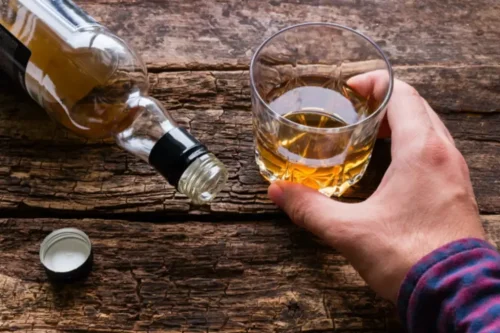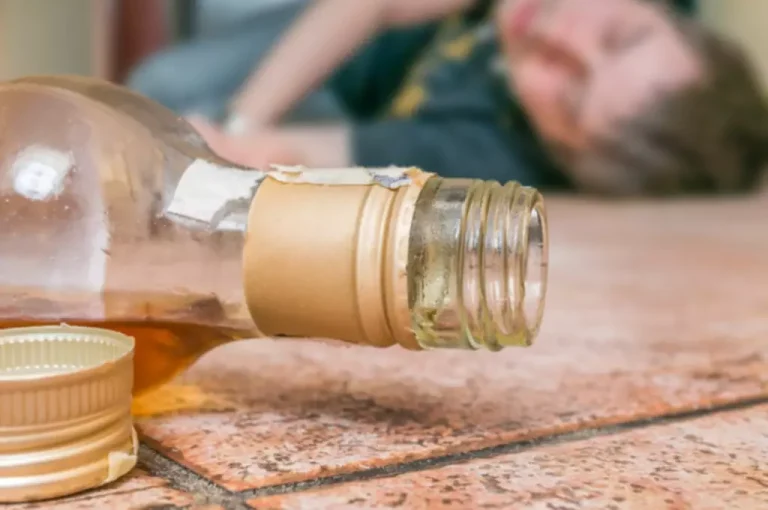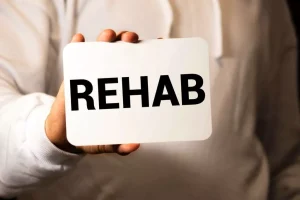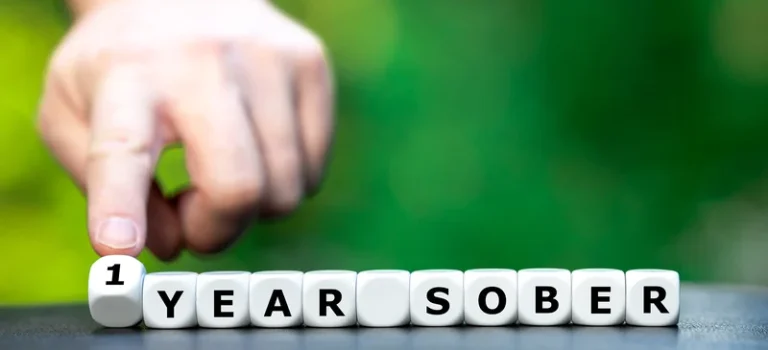People with «innie» belly buttons are most at risk, as deeper belly buttons can harbor more sweat, dirt, and bacteria. Your risk of belly button infection may also be higher if you have obesity, as extra fat folds in the stomach area can accumulate more moisture and bacteria. Gastroenteritis usually goes away on its own in several days to a week. The treatment is mainly focused on managing symptoms and preventing dehydration. Sometimes kidney atrophy can have no symptoms, especially if the cause is slow and over many years. If your urine looks out of the ordinary, always seek medical care to rule out any serious issues.
- If you experience kidney pain, your healthcare provider typically will order lab tests to check for abnormalities in your blood or urine.
- Acute kidney damage caused by binge drinking will typically resolve within a few days.
- UTIs can cause pain with urination, frequent urination, the inability to empty the bladder completely, and blood in the urine.
- Unlike back discomfort, it’s felt on one or both sides, usually under your rib cage.
Six Step Guide to Protecting Kidney Health
This is especially likely if your liver is impaired due to alcoholism. The disease can also affect blood flow to the kidneys and cause them to be less effective in filtering blood. It’s well-established that consuming alcohol regularly or in excess has long-term effects on your health, especially the health of your liver and kidneys.
Can You Drink Alcohol with Kidney Stones?

These filter waste products from the blood and maintain the balance of water and minerals in the bloodstream. According to a 2017 review, the question of whether alcohol consumption affects kidney function remains controversial. Alcohol may also indirectly increase your risk of developing a UTI, which can cause kidney or abdominal pain.
Polycystic Kidney Disease

Get treatment right away if you have a large amount of blood, are unable to urinate, or have severe pain. Treatment will be determined by what’s causing blood in your urine. Whether you have pain or not, peeing out blood (also known as hematuria) can be an emergency. It’s important to see a healthcare provider to determine the reason for the bleeding, no matter what other symptoms you’re experiencing. A person can talk to their doctor about their risks for painful urination based on their sex as well as their medical history.
Chronic kidney disease (CKD)
There are many medications that are nephrotoxic, meaning toxic to the kidneys. Most do not cause harm when used as directed for a limited time. However, if you have underlying chronic kidney disease (CKD) or take the drugs excessively, they can injure the kidneys and cause pain. Dehydration can cause a buildup of wastes in the body and clog the kidneys with muscle proteins known as myoglobin.
- Avoid binge drinking, and drink plenty of water if drinking alcohol.
- The kidneys are two bean-shaped organs about the size of a clenched fist that are part of the urinary tract.
- Intense, sudden, stabbing pain may indicate a kidney stone.
Your doctor will likely prescribe you an antibiotic if your kidney pain is being caused by an infection. Once your doctor diagnoses the cause of your kidney pain, they can decide on the best treatment plan for you. Your kidneys are connected to other organs, such as your bladder and ureters, where you store and get rid of urine. In 2018, the Food and Drug Administration (FDA) approved Jynarque (tolvaptan), an oral medication that can slow cyst formation in people with PKD. Studies have shown that Jynarque can also reduce kidney pain in people with rapidly progressing PKD. This condition involves the swelling of a kidney due to a build-up of urine.

Complications of kidney pain
Think about kidney health by controlling your blood pressure, not smoking, treating your diabetes if you have it, keeping a healthy weight, and eating a low salt healthy diet. It is also important to follow up with your healthcare professional for regular check-ups. Kidney disease is a condition that causes the kidneys to malfunction and eventually fail. There are various types of kidney disease, including chronic kidney disease, a progressive condition that damages the kidneys over time until they eventually stop working.
Kidney Pain
If you notice signs of an infection around your belly button, see your healthcare provider. For mild infections, your provider may recommend a topical antifungal or antibacterial ointment. More severe infections may require does alcohol affect your kidneys oral and/or topical medications. Your healthcare professional will find out how much kidney function is left through blood and urine tests. People with Alport syndrome experience progressive loss of kidney function.

The gallbladder is a responsible for storing and secreting the digestive fluid bile. Crohn’s disease can be treated with a combination of medications (including steroids and biologics), changes in diet, stress reduction, and, in some cases, surgery. Other symptoms include diarrhea, constipation, vomiting, blood in the stool, weight loss, and fatigue. Belly button infections happen when a fungus or bacteria infect the skin in your belly button.
.jpg)
.jpg)











